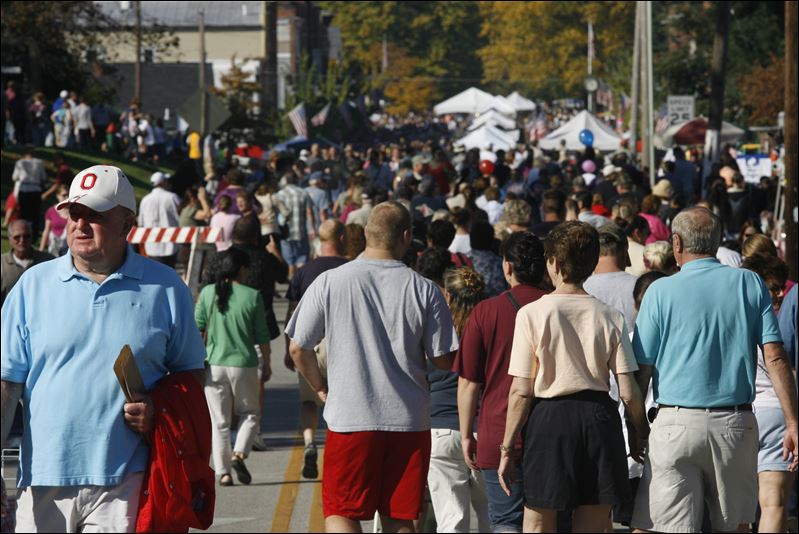The plumbers, drillers and truck drivers who arrive at the Birchwood Cafe before sunrise pour their own coffee, tuck away eggs and air gripes that help explain why some longtime Democrats now lean Republican.
They are skeptical of President Barack Obama and don’t care much for his party’s support of federal safety-net programs. “You take a look at all the giveaway programs the Democrats have. Nobody wants to work anymore,” said Dale Lundquist, a 69-year-old excavation contractor.
Voters in this northeast Minnesota district have only once sent a Republican to Congress since 1947 -for a single term after the 2010 election that produced a wave for the GOP.
But Mr. Lundquist, a former Democrat, and some of his friends say they plan to vote for Stewart Mills, the Republican challenger to Democratic Rep. Rick Nolan, one reason the race is down to the wire—and why the GOP is likely to expand its House majority in Tuesday’s election.
 |
| CLICK CHART to ENLARGE |
Democrats have long been losing their hold on districts such as this one, largely white and rural, where incomes lag the national average and college graduates are relatively sparse. This year, Republicans may take more.
Seven of the 39 House races rated most competitive by the nonpartisan Cook Political Report are in districts with large numbers of white, working-class voters; six of those districts are held by Democrats. In addition, one other such Democratic district is seen as likely to flip Republican.
In West Virginia, for example, 19-term Rep. Nick Rahall, the seventh most-senior House member, is battling for survival. A district in southern Illinois, represented by Democrats for more than two decades, and northern Maine, where a six-term Democrat is leaving office, are tossups. And Democrats are struggling to hold two seats in Minnesota, including Mr. Nolan’s sprawling district, which stretches from the Minneapolis exurbs to the U.S.-Canada border.
 |
| CLICK HERE for The People’s House: How Congress compares with its constituents |
Nonpartisan political analysts expect Republicans to win somewhere between two and 10 additional House seats. A gain of 12 districts would match the Republican Party’s post-World War II record of 246 seats in 1947.Read the rest of the story HERE.
If you like what you see, please "Like" us on Facebook either here or here. Please follow us on Twitter here.




No comments:
Post a Comment